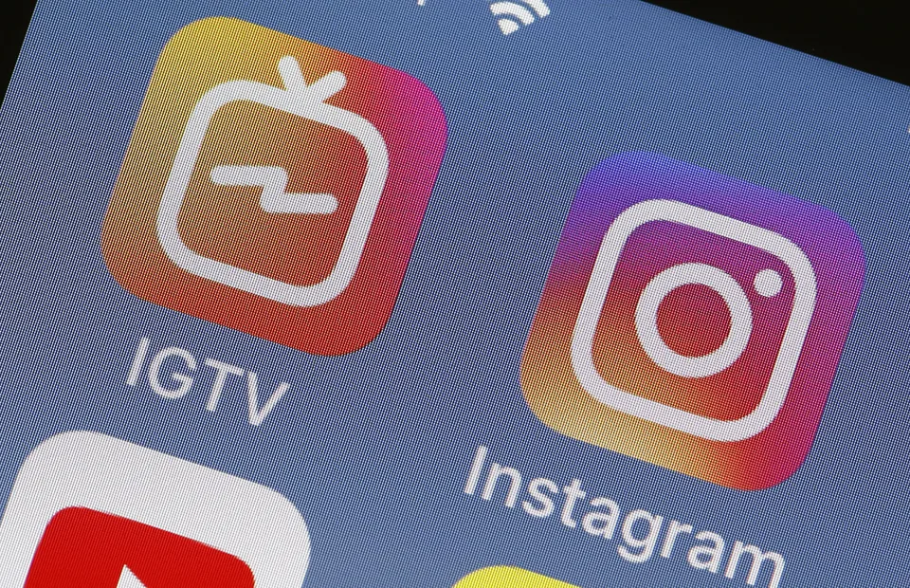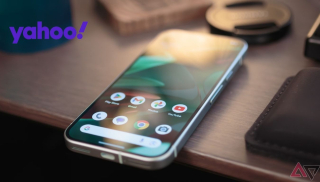Facebook-owned Instagram is slowly backing away from the IGTV video service. The developers have decided to remove the IGTV access button from the app. IGTV was introduced back in June of 2018.
The video feature differs from YouTube as it only offered a vertical video display. This kind of display immediately started getting a massive backlash from the users as it doesn’t capture the surroundings of the subject. In May of 2019, the developers corrected the issue by offering the landscape mode along with the vertical one.
There are several ways with which IGTV videos can be watched in several ways. For the users, once the IGTV button is removed, users will be required to access the app for the IGTV app. The IGTV videos can be previewed through the news feed. The app is however loved by the millennial.
TechCrunch reported the problem on Sunday stating that very few people were bothering with the app of IGTV. It was estimated that the app had got only 7 million downloads since the day it had been launched. When compared with TikTok, another popular app liked by the millennial generation is listed on having over 100 million downloads from the launching date.
The spokesperson from Instagram said: “Very few are clicking into the IGTV icon in the top right corner of the home screen in the Instagram app. We always aim to keep Instagram as simple as possible, so we are removing this icon based on these learnings and feedback from our community.”
As IGTV app is not going anywhere any time soon, the button removal and poor app download could potentially see the feature folded into the Instagram core offering soon.
The core offering of the app is widely popular but Instagram may face challenges when going forward. The blooming growth rate of TikTok depicts that not just Instagram but other Social Media giants are at high risk of being disrupted by the new users too.
In November Instagram announced a test of removing public like counts. The move was aimed to tackle online bullying and peer pressure on influencers. Nonetheless, it has prompted some users to accuse the app of looking instead to increase direct advertising by reducing the influence of its top users.












